News
How safe is your cat?
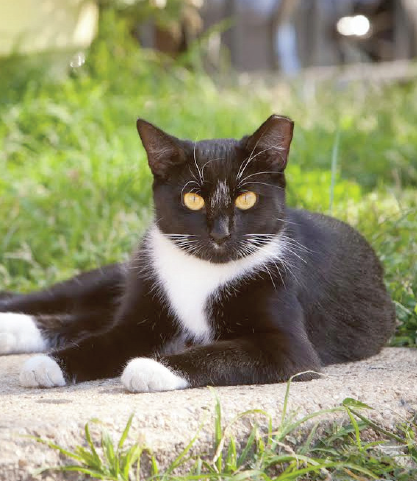

Missing ear: Peaches went for a wander and came back with a large portion of her ear cut off
A PEMBROKESHIRE woman’s cat was thought to have been caught by a feral hunter on Saturday (Apr 2) in a mistake that led to the cat losing an ear.
The Pembrokeshire vet who inspected Peaches the cat believes that the hunter must’ve thought that she was feral, shaving the left side of her body to see if she had been neutered.
When the hunter saw that she had been spayed, it is believed that she was then taken to the vets and, under anaesthesia, had her ear tipped.
The term ‘feral’ describes members of a domesticated species which have reverted back to living as wild animals, having little or no contact with humans.
It is very difficult for feral cats to be tamed, and this is not recommended because they could be very fearful of people, and this could seriously compromise their welfare.
There are currently approximately one million feral cats living in Britain, alongside the seven million domesticated cats. Strayed or abandoned pets, including pedigree cats, form part of the feral cat population, presenting an ongoing problem to British animal welfare societies.
FERAL CATS
Feral cats can live alone, or in colonies, and can be found everywhere, from towns and cities to more rural areas.
The best solution for feral cats is for them to be neutered and then returned to their familiar environment following the procedure.
The Neyland owner of Peaches the cat, said: “The top of her ear has been cleanly cut. Although she comes and goes as she pleases, usually when I call her it takes a maximum of two seconds to come back home. So, this procedure was done very locally in between the times of 2pm and 6.30pm when I was in Llanelli with my children.
“She is a very tame cat so it is clear to see that she was not a stray. It’s actually quite disturbing to be honest.
“Just be careful and keep an eye on your cats. They usually do these procedures near farms, but I live on a small cul-de-sac nowhere near a farm.”
Some people view feral cats as pests but others, particularly farmers, stable owners and smallholders, value feral cats for their role as working mousers that help protect grain and feed.
Despite their undomesticated nature, these cats can still benefit from a level of care which includes neutering. By neutering these cats, it can help to keep the colony size under control.
Feral cats that require going through the neutering process will usually be caught in a humane cattrap, as they are often too wild to be handled willingly. Following this, the cat is sedated so that a vet can give it a health check and treat it for parasites.
After the health check and neutering are complete, the cat is released back into its familiar territory as soon as possible. This is because the cat could possibly lose its communal scent, potentially leading to it being rejected by other cats in the colony if it is away for too long.
Cats Protection state that this procedure is usually completed in the evening and the traps are collected and inspected regularly to minimise stress to the captured feral cat.
They state that trapping and neutering a large feral colony could take weeks, with regular monitoring being needed to ensure that no cats are missed. Cats Protection aim to capture breeding females first to avoid growth in colony size whilst the neutering process is taking place.
Although catching and removing feral cats may temporarily reduce the numbers, this can lead to what is known as the ‘vacuum effect’, in which cats left behind will continue to breed and other feral cats will move into the area as it is evidently a good source of food and shelter.
NEUTERING
Experts have released that the solution to the feral cat problem is to trap, neuter and return the cats which, over the period of a few years, will aid in reducing the size of the colony whilst deterring other feral cats and keeping vermin levels at bay.
In addition to this, the RSPCA recommend that attempts should be made to find new homes for young kittens or other cats which are not totally feral as they deserve the chance to have their own caring owners.
The owner of the site where the feral colony resides also has to agree to the presence of the animals, which will aid in ensuring a stable existence for the colony. This will also help to make sure that there will be someone to monitor the health of the cats, as feral cats are more likely to get sick and injured than domestic cats.
The RSPCA believes that, after being neutered, each feral cat should have its left ear ‘tipped’, in which 0.5cm and 1cm of the ear will be removed to allow for easier future identification of neutered animals.
Vet Dr Patty Khuly spoke of the benefits of ear tipping: “It helps feline colony workers gauge the success of their efforts and help animal control officers know which colonies of cats are wellmanaged and stable.
“It’s useful and, relative to a dog’s ear crop, it’s absolutely painless when performed under anaesthesia. Cats recover without pawing at their ears or showing any other sign of distress.”
However, the owner of Peaches noted that it was the cat’s right ear that was cut, and not its left ear, and considerably more than 1cm was removed.
The sister of Peaches’ owner, said: “I’m sure in Tenby there was a woman a few years back thinking she was helping by taking matters into her own hands, neutering cats herself and cutting their ears off. Maybe there is someone similar to her about.”
A spokesperson for the RSPCA told The Herald: “We would be concerned to hear that a cat has been injured, and ask anyone with any concerns about animal welfare to contact us. We would welcome any information which might help track down what happened to Peaches as at the moment it is difficult to say for sure what has caused this injury.”
NOT JUST A UK PROBLEM
In other parts of the world, feral colonies are dealt with in a number of ways which are not quite so humane as ear-tipping and neutering. In Greece, Tunisia and Turkey, undomesticated cats are poisoned with Strychnine and in parts of Australia, the animals are killed with cat-specific toxins or feline pathogens such as cat flu or enteritis.
Some UK land-owners have been known to take the law into their own hands, using illegal leghold traps, crossbows, poisons or snares to deal with the cats. These traps have been recorded to kill domestic pets and other wildlife alongside the feral cats.
In 2000, a British man added fuelled cat-owners’ nightmares when he was convicted of killing neighbours’ pet cats using sardines and pilchards laced with cyanide. He did this over several years, killing numerous pets in the process before eventually being caught with enough poison to kill hundreds more.
Eluned Kronacher-Edwards said on social media: “Ear-tipping isn’t cruelty, it is trying to keep the feral population under control. The charities trap cats and if they aren’t neutered, they do so and don’t cut their ears off at all. They just nick the top so they know that they cat had been ‘done’, which would be like us getting our ears pierced.
“I can understand you would be upset if your domestic cat had been accidentally trapped but I hope this explains why. These are people who are rescue workers, not abusers. The cut shouldn’t be a deep enough cut to get infected. This is being done to prevent a raging feral cat population where the animals can get sick or starve.”
Jayne Roach, from Solva, also noted that her cat had recently come home cleanly shaved on one side, which she said was strange as her cat was still bald on the other side from being neutered.
Jayne’s cat, Reggie, is microchipped but was not wearing a collar at the time she was shaved, which she notes is because she “lives in the back of beyond so Reggie would just get it caught.”
SOCIAL MEDIA
A lot of pet owners have taken to social media to say a similar thing to Jane – that their cats often slip their collars, or don’t own one in the first place in case it gets caught, but think that their cats will be safe as they are microchipped and well looked after.
Lindsay Davies, Veterinary Nurse at All Pets Vet Care, said: “I personally haven’t seen domestic cats get confused with feral cats. But, I don’t think it’s easy to tell the difference at all. Unless the cat is microchipped then anyone can pick up a cat off the street, bring it in, claim it’s theirs and get it neutered.
“The only way to prevent that would be compulsory microchipping for cats as well as dogs, but unfortunately it’s unrealistic to regulate that as there are too many feral cats, so it’s a case of educating cat owners on the importance of microchipping their pets.
Ms Davies continued, stating that in the case of Peaches, vets all around Wales need to be pushed to scan the pets that are being brought in to prevent unnecessary eartipping and unwanted neutering. She stated that vets encourage neutering anyway if cats are allowed to roam outside of their homes to prevent unwanted litters of kittens.
“Microchipping cats is something I’m big into talking to owners about, because not only does it have the potential to possibly prevent situations like this occurring, but it also means that when cats get involved in road traffic accidents, or get attacked, injured or lost, it means that the owner can be found as soon as possible, which is especially important if the pet needs treatment,” she concluded.
IS MICROCHIPPING THE ANSWER?
It is possible that microchipping saved Jayne’s cat, Reggie, from having its ear tipped by the vet scanning her microchip and returning her to the area she was picked up from.
A spokesperson for Dyfed- Powys Police said: “Police received a report that a cat in the Neyland area had its ear cut off and had a section of its body shaved on the evening of April 2.
“The cat was taken to the vet for treatment. Police are investigating, and are appealing to anyone who may have seen anything suspicious in the area, or anyone with any information to contact them on 101.”
Cats Protection gave a statement saying: “Obviously Cats Protection is concerned about this incident and the stress it may have caused the cat and its owner.
“With compulsory microchipping for dogs coming into force, Cats Protection would like to see the same for cats as it would help to avoid to these sorts of incidents happening in the future, as well as reuniting lost pets with their owners.”
Community
Community gathers to remember Corrina Baker

Lanterns and balloons released in emotional acts of remembrance
FAMILY, friends and members of the local community came together to remember Corrina Baker at a series of moving events held across west Wales this week.
Corrina’s funeral took place on Monday (Dec 15), a month after her death, with a public service held at St Mary’s Church. Mourners lined the route as her coffin was carried on its final journey in an elegant horse-drawn carriage, before a private cremation later took place at Parc Gwyn crematorium in Narberth.

Later that evening, shortly after 6:00pm, friends and relatives gathered at the Quayside in Cardigan for the first of two acts of remembrance to celebrate her life. Lanterns were lit and released into the night sky above the town as some of Corrina’s favourite songs were played.


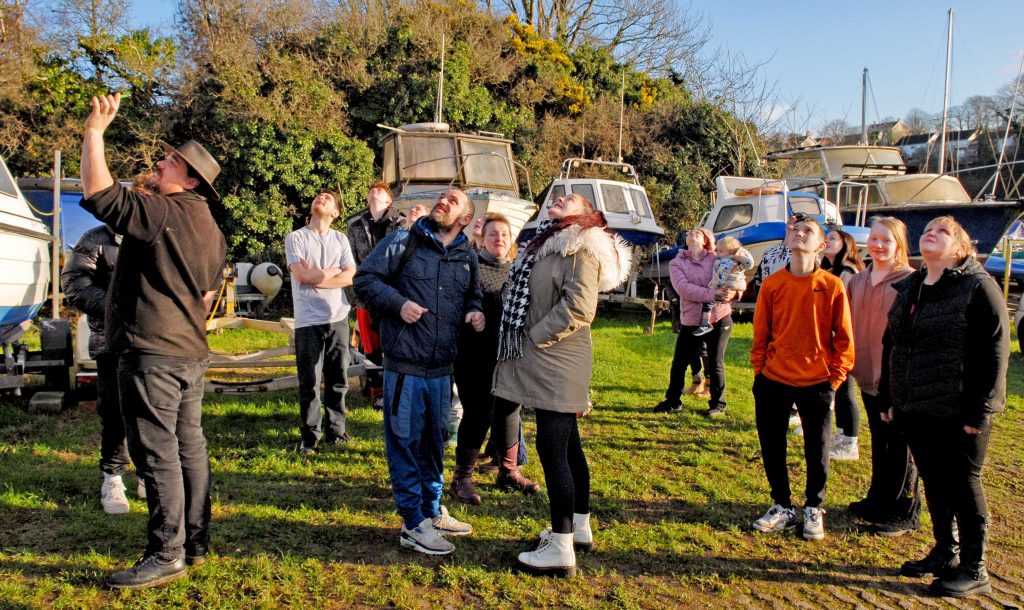

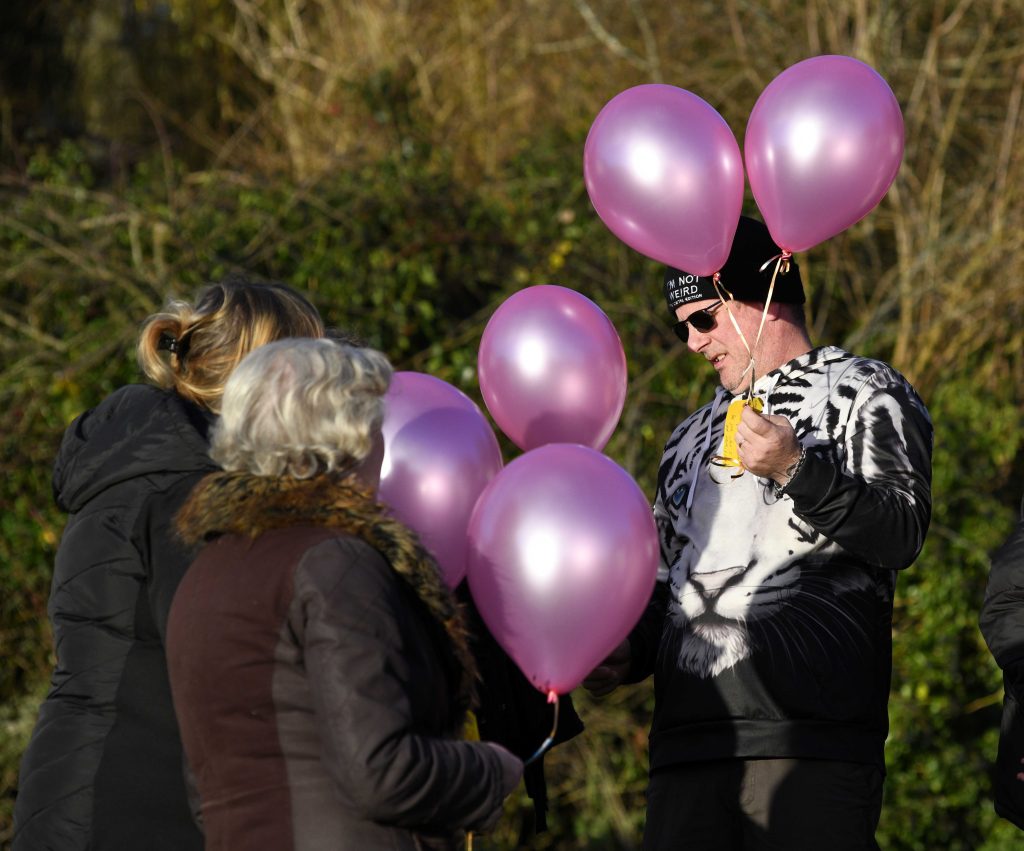

On Tuesday afternoon (Dec 16), a second tribute was held near the location where Corrina was found. Twenty-one pink balloons — one for each year of her life — were released into a clear blue sky, each carrying personal messages in her memory.
Floral tributes continue to be laid at the Netpool, while a GoFundMe appeal set up in Corrina’s memory has raised more than £2,300. She has been described by those who knew her as “funny and bright”.
Dyfed-Powys Police have confirmed that their investigation into the circumstances surrounding Ms Baker’s death is ongoing. A 29-year-old man who was arrested on suspicion of murder has been released on bail while inquiries continue.
(Photos: Stuart Ladd/Herald)







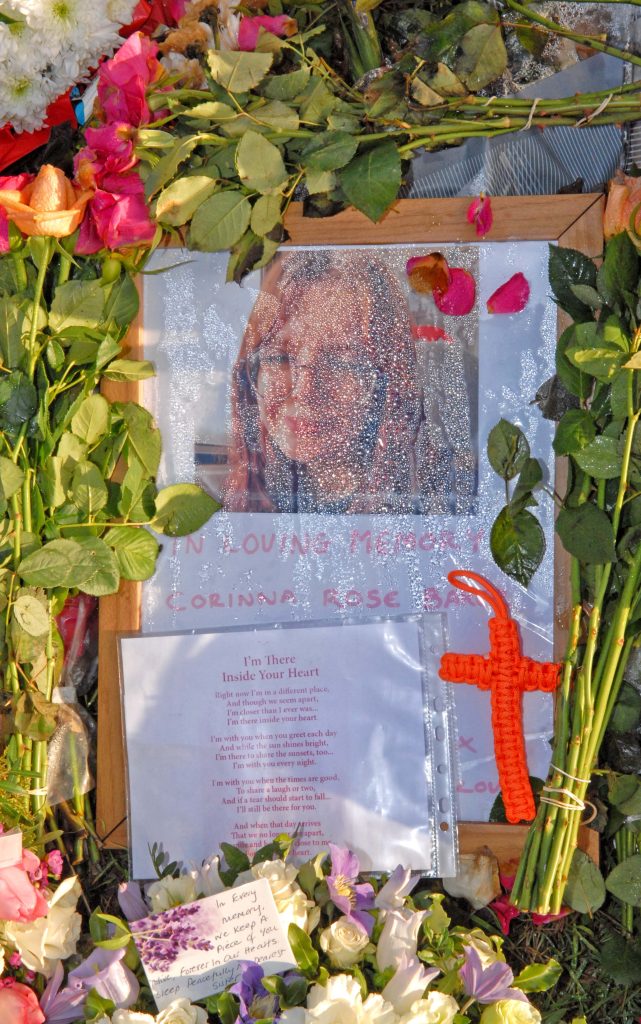
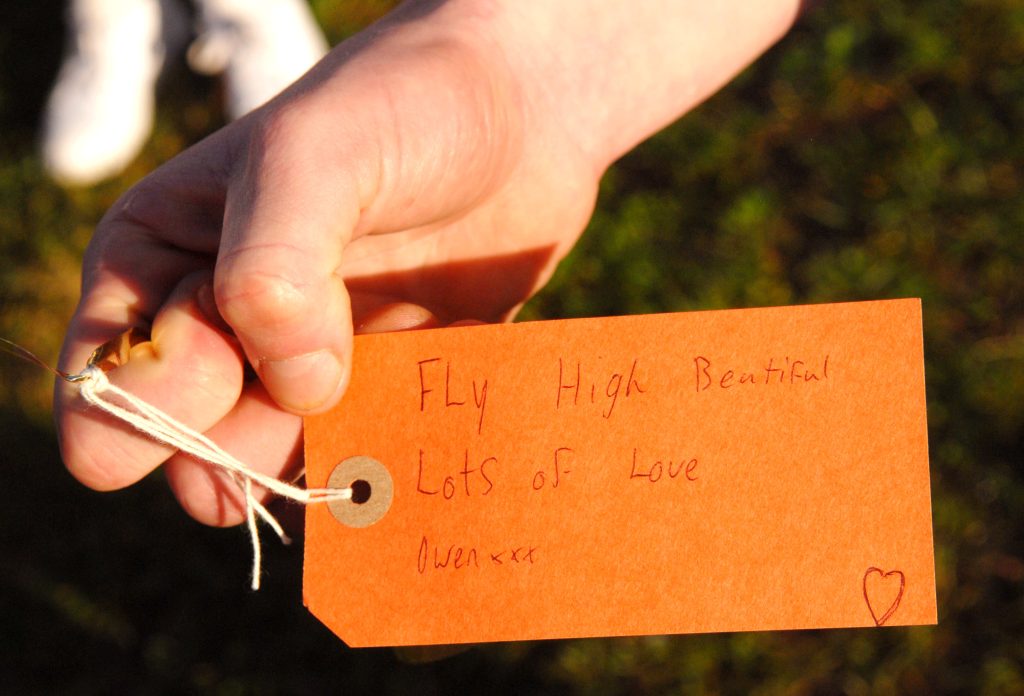
Community
Six untaxed vehicles seized in Milford Haven police operation
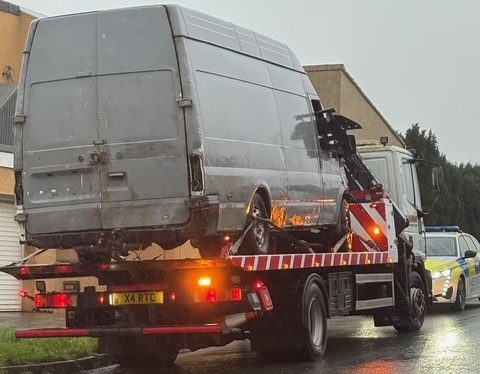
SIX untaxed and abandoned vehicles were seized during a joint roads policing operation in Milford Haven on Tuesday morning.
Officers from the Milford Haven Neighbourhood Policing and Prevention Team (NPPT) worked alongside the Pembrokeshire Roads Policing Team as part of targeted enforcement across the town.
In addition to the vehicle seizures, a number of traffic offence reports were issued to drivers during the operation.
Police said the action formed part of ongoing efforts to improve road safety and tackle vehicle-related offences in the Milford Haven area.
Community
Candlelit carol service brings community together in Milford Haven

ST KATHARINE and St Peter’s Church in Milford Haven hosted its annual Candlelit Festival of Nine Lessons and Carols, bringing together members of the community for a traditional celebration of Christmas.
The service featured readings from the Mayor of Milford Haven, representatives of the Soroptimists, Milford Haven Amateur Operatic Society, the Headteacher and Head Prefects of Milford Haven School, Milford Haven Town Band, and NCI Wooltack Point.
Music for the evening was provided by organist Seimon Morris, Milford Haven Town Band and the Milford Haven Cluster Band, whose performances added to the atmosphere of the candlelit service.
The Friends of St Katharine and St Peter’s Church thanked all those involved and wished the community a happy Christmas.

-

 Crime14 hours ago
Crime14 hours agoMilford Haven man jailed after drunken attack on partner and police officers
-

 News4 days ago
News4 days agoDyfed-Powys Police launch major investigation after triple fatal crash
-

 Crime2 days ago
Crime2 days agoMan sent to Crown Court over historic indecent assault allegations
-

 Crime2 days ago
Crime2 days agoMan charged with months of coercive control and assaults
-

 Crime4 days ago
Crime4 days agoMan spared jail after baseball bat incident in Milford Haven
-

 Crime12 hours ago
Crime12 hours agoTeenager charged following rape allegation at Saundersfoot nightclub
-
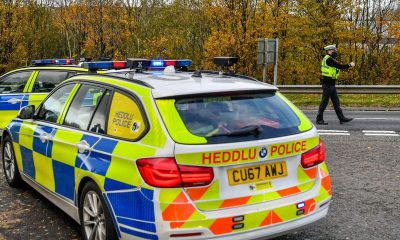
 Crime2 days ago
Crime2 days agoMilford Haven man admits multiple offences after A477 incident
-

 Education7 days ago
Education7 days agoTeaching assistant struck off after asking pupil for photos of her body



















